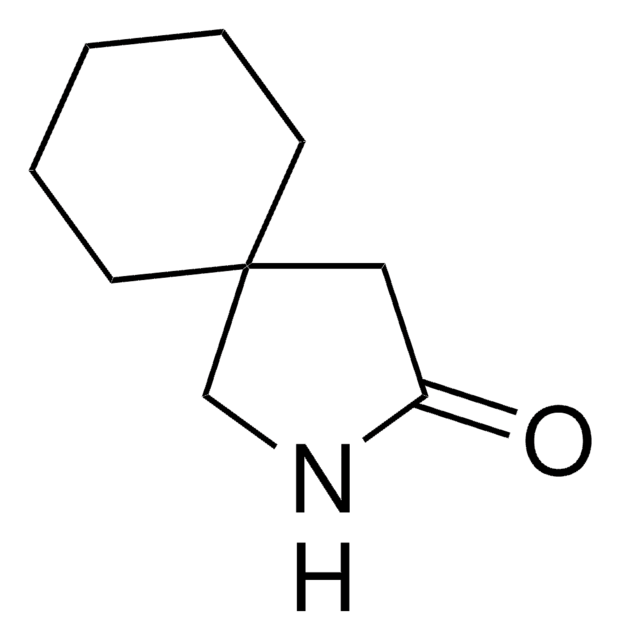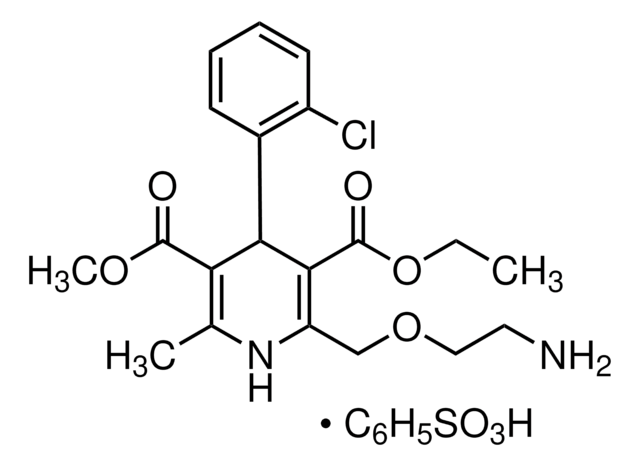Y0000680
Mepyramine impurity C
European Pharmacopoeia (EP) Reference Standard
Sinonimo/i:
2-Aminopyridine, 2-AP, 2-Pyridinamine, 2-Pyridylamine
About This Item
Prodotti consigliati
Grado
pharmaceutical primary standard
Famiglia di API
pyrilamine, mepyramine
Produttore/marchio commerciale
EDQM
P. eboll.
204-210 °C (lit.)
Punto di fusione
54-58 °C (lit.)
applicazioni
pharmaceutical (small molecule)
Formato
neat
Temperatura di conservazione
2-8°C
Stringa SMILE
Nc1ccccn1
InChI
1S/C5H6N2/c6-5-3-1-2-4-7-5/h1-4H,(H2,6,7)
ICSNLGPSRYBMBD-UHFFFAOYSA-N
Cerchi prodotti simili? Visita Guida al confronto tra prodotti
Categorie correlate
Descrizione generale
Applicazioni
Confezionamento
Altre note
Prodotti correlati
Avvertenze
Danger
Indicazioni di pericolo
Classi di pericolo
Acute Tox. 3 Dermal - Acute Tox. 3 Oral - Aquatic Chronic 3 - Eye Dam. 1 - Skin Corr. 1A
Codice della classe di stoccaggio
6.1A - Combustible acute toxic Cat. 1 and 2 / very toxic hazardous materials
Classe di pericolosità dell'acqua (WGK)
WGK 3
Punto d’infiammabilità (°F)
197.6 °F - closed cup
Punto d’infiammabilità (°C)
92 °C - closed cup
Choose from one of the most recent versions:
Certificati d'analisi (COA)
Sorry, we don't have COAs for this product available online at this time.
If you need assistance, please contact Servizio Clienti
Possiedi già questo prodotto?
I documenti relativi ai prodotti acquistati recentemente sono disponibili nell’Archivio dei documenti.
Il team dei nostri ricercatori vanta grande esperienza in tutte le aree della ricerca quali Life Science, scienza dei materiali, sintesi chimica, cromatografia, discipline analitiche, ecc..
Contatta l'Assistenza Tecnica.








